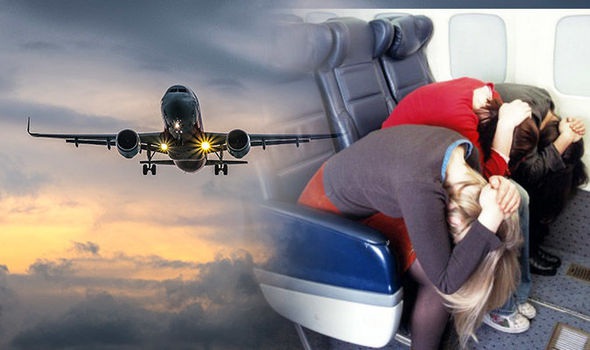Airplanes are widely considered to be one of the safest modes of transportation. However, in the rare event that an accident occurs, the consequences can be catastrophic.
Following the recent tragic accident involving China Eastern Airlines flight number MU5735 on March 21, many people have been left wondering: where is the safest seat with the highest chance of survival in the event of a plane crash?
To address this question, experts have conducted their own analyses, taking various factors into consideration.
According to Alison Duquette, a spokeswoman from the US Federal Aviation Administration, airplane crashes can occur due to various reasons such as collisions, landing problems, or runway accidents. Therefore, it is difficult to determine which seat is the safest.
However, based on an analysis of data from the US National Transportation Safety Board (NTSB) on commercial airliner crashes since 1971, there appears to be a correlation between seat position and the rate of injuries and survival. Passengers seated towards the rear of the plane are nearly 40% more likely to survive compared to those seated towards the front.
|
|
The seats at the back of the plane are often less popular among travelers due to longer disembarkation times. However, the Aviation Safety Network, after analyzing 65 plane crashes, concluded that these seats were the safest in over 50% of the incidents, based on survival rates.
Specifically, seats in the middle of the plane had the highest mortality rates at 39%, followed by seats in the front at 38%. Rear seats had a lower mortality rate of approximately 32%.
A separate analysis conducted in 2015 yielded similar results. The study focused on 17 crashes in 1985, taking into account both fatalities and survivors, and included a rating of seat positions.
Notably, the last 3 rows of the plane had the lowest casualty rate. The least safe position was found to be the seat near the aisle in the area between the two wings, with a casualty rate of up to 44%. This seat is often referred to as “the scariest middle chair”.
Now, what are the chances of surviving a plane crash?
Experts from the University of Greenwich (UK) studied 2,000 fortunate survivors from 105 plane crashes worldwide. The results revealed that one-third of the victims mainly succumbed to smoke inhalation and fire.
 |
|
In the event of an incident, passengers should follow the instructions provided by flight attendants (Photo: Daily). |
In 1985, a Boeing 737 caught fire on the runway at Manchester Airport (UK), resulting in the death of 55 passengers. Subsequently, all aircraft were required to undergo passenger evacuation testing, ensuring that individuals could exit the cabin within 90 seconds using only half of the exits.
Many people mistakenly believe that fire is the primary cause of fatal plane crashes. However, smoke poses a greater threat. Just a momentary inhalation can cause a passenger to lose consciousness or even die. In emergency situations, passengers must moisten a towel or piece of cloth from the seat to cover their nose and mouth.
One of the most important rules to remember when an accident occurs is to avoid trying to take personal belongings with you. Carrying belongings and valuables will slow down both the individual and others during the evacuation process. It is crucial to keep hands free to remove obstacles while running or to cover the nose and mouth to prevent suffocation.
 |
|
In many catastrophic plane crashes, passengers rarely have the opportunity to survive regardless of their seating position (Image: Quora). |
Experts estimate that the window of opportunity for surviving a plane crash typically lasts no more than 2 minutes. Therefore, it is crucial for passengers to promptly follow the instructions provided by flight attendants in order to reach the nearest exit in the shortest amount of time.
However, it is important to acknowledge that in many catastrophic aviation accidents, most passengers on board do not survive. This is why experts assert that “no seat is absolutely safe”, and all research findings should be considered approximate.
Reference: Dan Tri
Why should you hang a wet towel on the door handle in a hotel?
It may come as a surprise to many when they understand the reason behind hanging wet towels on doorknobs in hotels, as it is also related to safety concerns.



































